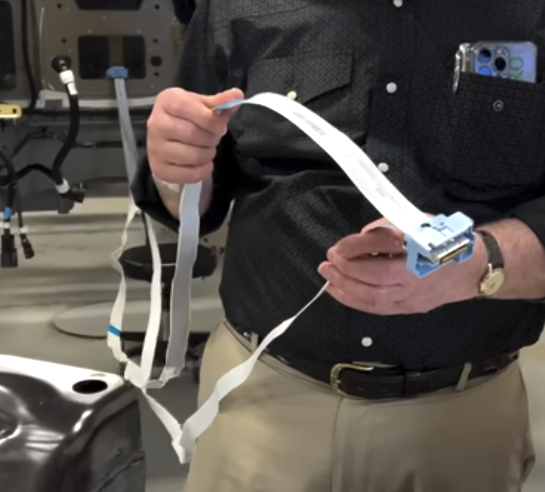

Have the AI try to recreate existing CP already deemed to have serious value and then have all the prompts/variations leading up to the closest match as part of an exhibit.
Edit: I should add, don’t try this at home, they’ll still probably say it has no value and throw you in jail.









Ah my bad, you’re right.
Then you’ll probably get shanked if any of the other inmates find out you were sent there for CP.